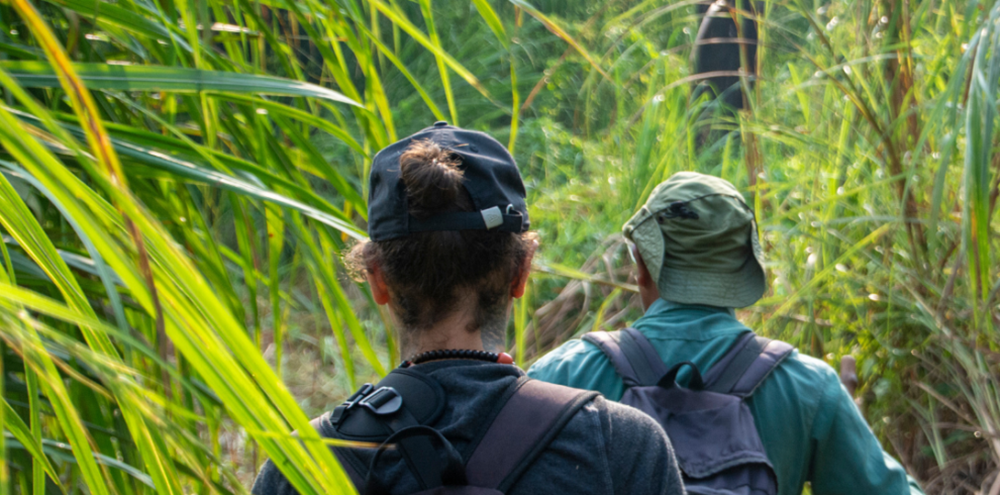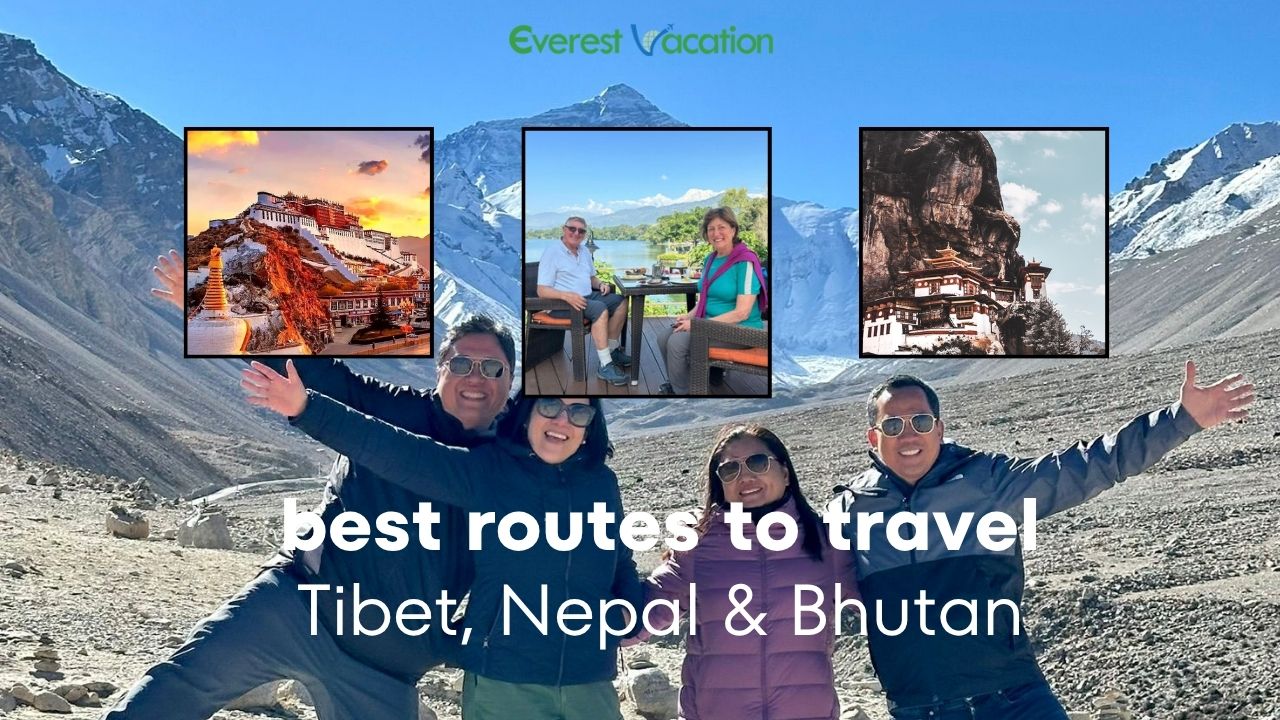Chitwan National Park is the first and oldest National Park in Nepal which was established in 1973 AD. It is listed in UNESCO World Heritage Site. It lies in the inner-Terai lowlands in Southern Nepal and it covers an area of 952.63 sq.km. Chitwan National Park is adjacent to Parsa National Park (Nepal) in east and Valmiki National Park (India) in south.
The subtropical climate of Chitwan is monsoon influenced climate. Thus, throughout the year, the national park’s climate has high humidity. Sal trees cover 70% of the national park’s area. There are diverse flora such as subtropical broadleaf forests, shrub species, small flowering trees, and Terai-Duar savanna and grasslands (more than 50 species). Chitwan National Park is home to more than 700 species of wildlife, insects, and birds.

Chitwan National Park is first choice of nature enthusiast travelers for Jungle Safari, Jeep and Elephant Safari, and Jungle Treks. Safari activities take travelers in the national park’s vicinity where they can spot the diverse flora and fauna species. This safari activity is suitable for travelers having limited time or who prefers riding over walking.
Jungle Treks in Chitwan National Park
Jungle Treks in Chitwan National Park is one of the most favorite activities especially for nature, wildlife, flora, and ecosystem biodiversity enthusiasts. The Jungle Trek itinerary is normally 2-5 days. Travelers can select the duration that best suits them. This Jungle trek is solely on foot and requires travelers to walk 15-20 km a day. Hence, travelers must be physically fit. For Jungle treks in Chitwan, there are 3 zones classified as Zone 1, 2, and 3. All 3 zones have each specialty and here travelers can witness varied wild species and vegetation.

What travelers can Expect in this Jungle Treks?
- Get close to the nature
- Trek in the national park’s vicinity- A real Jungle experience
- Tracking animal’s footprints- A thrilling experience
- Rich ecosystem and biodiversity- Flora and Fauna species
- Traverse through multiple wetlands and lakes (Lami, Thapaliya, Kamal, Totari, etc.)
- Learn about medicinal and edible herbs and plants
- Real habitat of wildlife and some rare animals
- Canoeing in the river and witness varied bird species including migratory birds
- Staying in the local/community lodges or mud villages of Tharu ethnicities
- Enjoying authentic foods and experience a village life
- Excursion to Tharu villages
- Interacting with local Tharus and a chance to understand their culture and traditions
- Teachings from Tharu locals to travelers on basic jungle survival skills

Specialty of Jungle Trek Zones
1 Zone: A chance of spotting one-horned rhino including other species and vegetation
Zone 2: High chance of spotting a one-horned rhino and a possibility of Bengal Tigers including other species and vegetation
Zone 3: Greater chance of spotting Royal Bengal Tigers, One-horned rhino, and some rare species as this zone area is deeper and vast.

What kind of wildlife and vegetation can we witness?
Vegetation: Chir Pine (Pinus roxburghii), rosewood (Dalbergia sissoo), axlewood (Anogeissus latifolia), hill glory bower (Clerodendrum sp.), khagra reed (Phragmites karka), etc.
Birds: Black-chinned yuhina (20), grey-crowned prinia, swamp francolin, etc. and 160 migrating and vagrant bird species
Insects: Butterfly, moth, insect species
Mammals (68 mammal species): Royal Bengal Tiger, One-horned Rhino, Clouded Leopards, Bengal Foxes, Sloth Bears, Indian hog deer, etc.
Reptiles: Snakes (17 other species), starred tortoise, monitor lizards, gharials (235), etc.
Aquatic animals: Fish and mugger crocodiles (113 species)

How is the Jungle Treks Itinerary?
Jungle Treks itinerary is from 2-5 days which travelers can select as their preferences. This Jungle trek is entirely on foot and no use of vehicles (except canoeing rides), hence travelers must be physically fit. During this Jungle treks, travelers traverse through 3 zones (depending on days) and spot the animals and plants. The more you trek deeper the more the high chance of spotting one horned rhinos, Royal Bengal Tiger, and other rare species. It is undoubtedly a thrilling experience for travelers to trek following the animal’s footprints. The canoeing ride treats travelers with varied species of birds including migratory birds. Bird watching is also great fun activities during this Jungle trek.
The Jungle trek begins with a group of travelers accompanied by a guide after breakfast. Following the itinerary, travelers spend a day exploring and spotting the plants and animals. For lunch, travelers should pack it with them. We suggest carrying a water to stay hydrated. Wear dark full-sleeve clothes to protect body from insects, plants, and a hat to prevent from sun. Wear strong and comfortable boots for trekking. Get Trekking poles (optional) to walk through denser areas more easily. Travelers can also take a nap after lunch in the nature’s surroundings consuming fresh air. After a day’s Jungle treks get completed, back to the community lodge for overnight stay.

Safety Tips for Jungle Treks
- Listen and strictly follow the guidelines briefly such as Animal Behavior, Walking pattern, Jungle Communication language, etc.
- Learn basic jungle survival skills (short tree climbing, maintaining calm when encountering animals, etc.)

Packing Guides
- Full sleeve-dark clothes and full-pants
- Hat, sunglasses, sunscreen, raincoat
- Strong and comfortable shoes
- Water bottle and purification kit
- Insect repellent
- Personal medical kit and medicines
- Waterproof backpack
- Non-fragrance wipes and napkins
- Trekking poles (optional)





